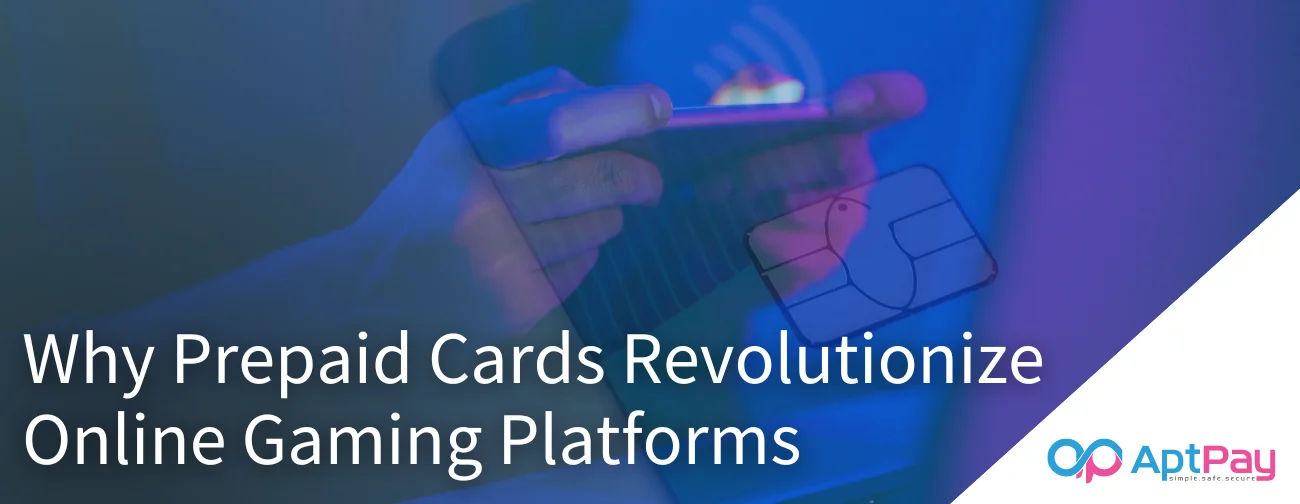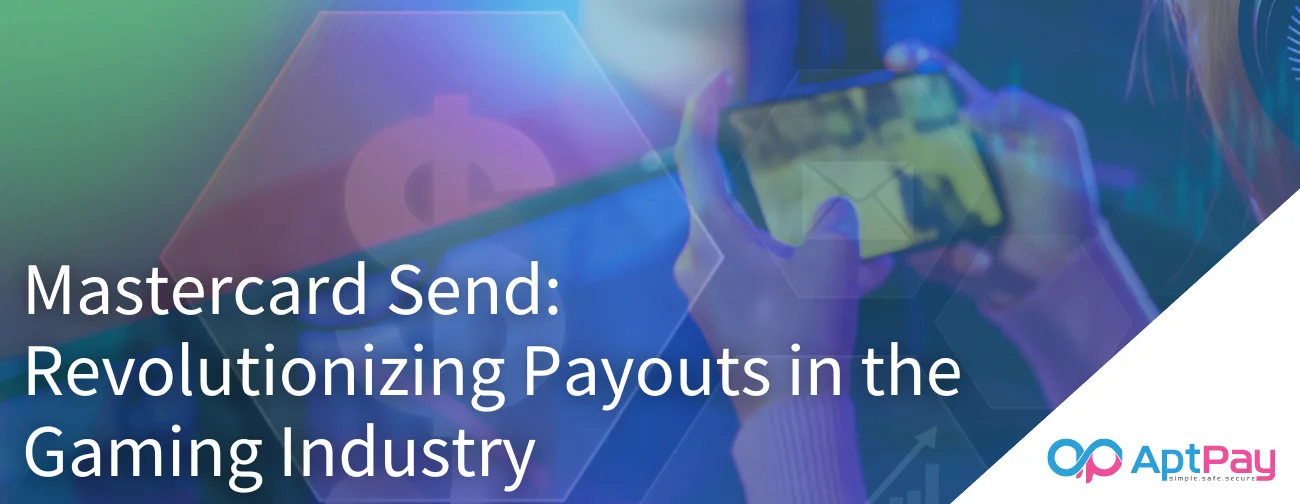While you look to integrate recurring payments into your business model, it is crucial to seamlessly adopt the right software.
You’ll want to take into account customization options, vendor support quality, and how to effectively train your team.
But how can you guarantee secure payment processing and manage potential technical issues?
And what about maintaining customer satisfaction throughout the process? Let’s delve into these critical aspects further.
Key Takeaways
- Select software with customization options and quality vendor support for efficient, secure recurring payment processing.
- Train your team effectively, considering motivation and different learning styles, to ensure smooth software integration.
- Ensure secure payment processing by complying with PCI DSS, integrating encryption and tokenization, and implementing a fraud management system.
- Prepare for potential technical issues by setting up a robust resolution process, equipping your support team, and maintaining a detailed knowledge base.
- Regularly update and maintain the software, and leverage technology like issue tracking systems for efficient issue resolution.
Understanding Recurring Payments
To fully grasp the concept of recurring payments, you need to understand that it’s a business model where customers authorize a company to deduct money from their bank account, credit card, or debit card on a prearranged schedule. This schedule, known as the payment cycle, can vary based on the agreement between the company and the customer. Payment Cycle Variations may be weekly, monthly, quarterly, or annually. The choice of cycle often depends on the nature of the product or service, customer preference, and the company’s cash flow requirements.
Recurring Payment Regulations, on the other hand, are guidelines that govern how these transactions are processed. These regulations protect both the company and the customer, ensuring fairness and transparency in the process. For instance, companies must inform customers in advance about the amount to be deducted and the date. They’re also required to provide easy options for cancellation or modification of the recurring payment agreement.
Understanding these key factors is vital for your seamless integration of recurring payments into your business model. It’s not just about convenience, but also about compliance, customer satisfaction, and financial stability.
Choosing the Right Software
When you’re ready to integrate recurring payments into your business model, you must select the right software to handle the process efficiently and securely. Before making a decision, consider software customization possibilities. An ideal platform should provide options to tailor its features to your specific operations. This customization might range from simple design changes, like logo and color modifications, to complex tweaks in functionality, such as integration with your existing CRM or ERP systems.
Vendor support quality is another critical consideration. You’ll want a provider that offers robust, responsive, and competent support. This could mean 24/7 availability, a dedicated account manager, or a knowledgeable technical team that can address any issues promptly. Remember, no software is perfect, and issues are bound to arise. When they do, the quality of vendor support can make or break your experience.
AptPay can support all the above-mentioned features, ensuring a comprehensive solution for your needs.
Training Your Team Effectively
Once you’ve chosen the right software for recurring payments, it’s essential that your team is effectively trained to leverage its full potential. Team motivation and individual learning styles are key factors in achieving this.
Team motivation plays a significant role in the training process. A motivated team is more likely to embrace the new software and its functionalities. It’s vital to instill a sense of excitement around the new system. Communicate the benefits clearly, making sure everyone understands how it will simplify their tasks and enhance their productivity.
Recognizing different learning styles within your team is equally important. Some people might grasp new concepts more quickly through visual demonstrations, others through hands-on practice, while some may prefer detailed written instructions. Catering to these diverse learning styles will ensure a thorough understanding of the system across your team.
Providing ongoing support is another essential component. Follow up training sessions with periodic refreshers and offer assistance as needed. This helps reinforce learning and boosts confidence in using the new software.
Ensuring Secure Payment Processing
Securing your payment processing system is a critical step in protecting your customer’s sensitive information and maintaining a trustworthy relationship with them. In an era where payment fraud is prevalent, it’s imperative to implement robust cybersecurity measures.
Firstly, guarantee that your system complies with the Payment Card Industry Data Security Standard (PCI DSS). This is a set of security standards designed to ensure that all companies accepting, processing, storing, or transmitting credit card information maintain a secure environment. Non-compliance can lead to penalties and can damage your reputation.
Secondly, integrate encryption and tokenization into your system. Encryption converts data into a code to prevent unauthorized access, while tokenization replaces sensitive data with unique identification symbols. Both these techniques add extra layers of security, reducing the risk of payment fraud.
Lastly, consider implementing a fraud management system.
AptPay supports all these security measures, ensuring that your payment processing is secure and compliant with industry standards.
Handling Potential Technical Issues
While ensuring secure payment processing is vital, it’s equally important to have a plan for handling potential technical issues that may arise. The ability to effectively manage these issues can significantly impact the overall user experience and, ultimately, your software’s adoption rate.
To tackle this, it’s essential to have a robust issue resolution process in place. This process should be designed to identify, track, and resolve issues swiftly and efficiently. Your technical support team plays a key role here. They should be equipped with the necessary tools and training to effectively troubleshoot issues and provide timely solutions.
Implement the following strategies to ensure seamless issue resolution:
- Regularly update and maintain your software to prevent potential issues.
- Create a detailed knowledge base for commonly occurring issues and their solutions.
- Leverage technology like issue tracking systems or helpdesk software to streamline the resolution process.
Maintaining Customer Satisfaction
In the pursuit of software adoption, it’s crucial that you don’t overlook the importance of maintaining customer satisfaction. This is where Feedback Optimization comes into play. It’s not just about collecting feedback but optimizing it to improve your product and service.
Consider setting up Loyalty Programs. These reward customers for their recurring payments, enhancing their overall experience and encouraging them to continue using your software. Here’s a simple table illustrating some strategies for maintaining customer satisfaction:
| Strategy | Description | Benefit |
|---|---|---|
| Feedback Optimization | Collect and analyze customer feedback | Enhances software based on user needs |
| Loyalty Programs | Reward customers for recurring payments | Increases customer retention |
| Regular Communication | Keep customers informed about updates, changes | Builds trust and transparency |
| Quality Assurance | Regularly test software for glitches, issues | Ensures seamless user experience |
| Personalization | Tailor user experience based on individual needs | Increases customer engagement |





